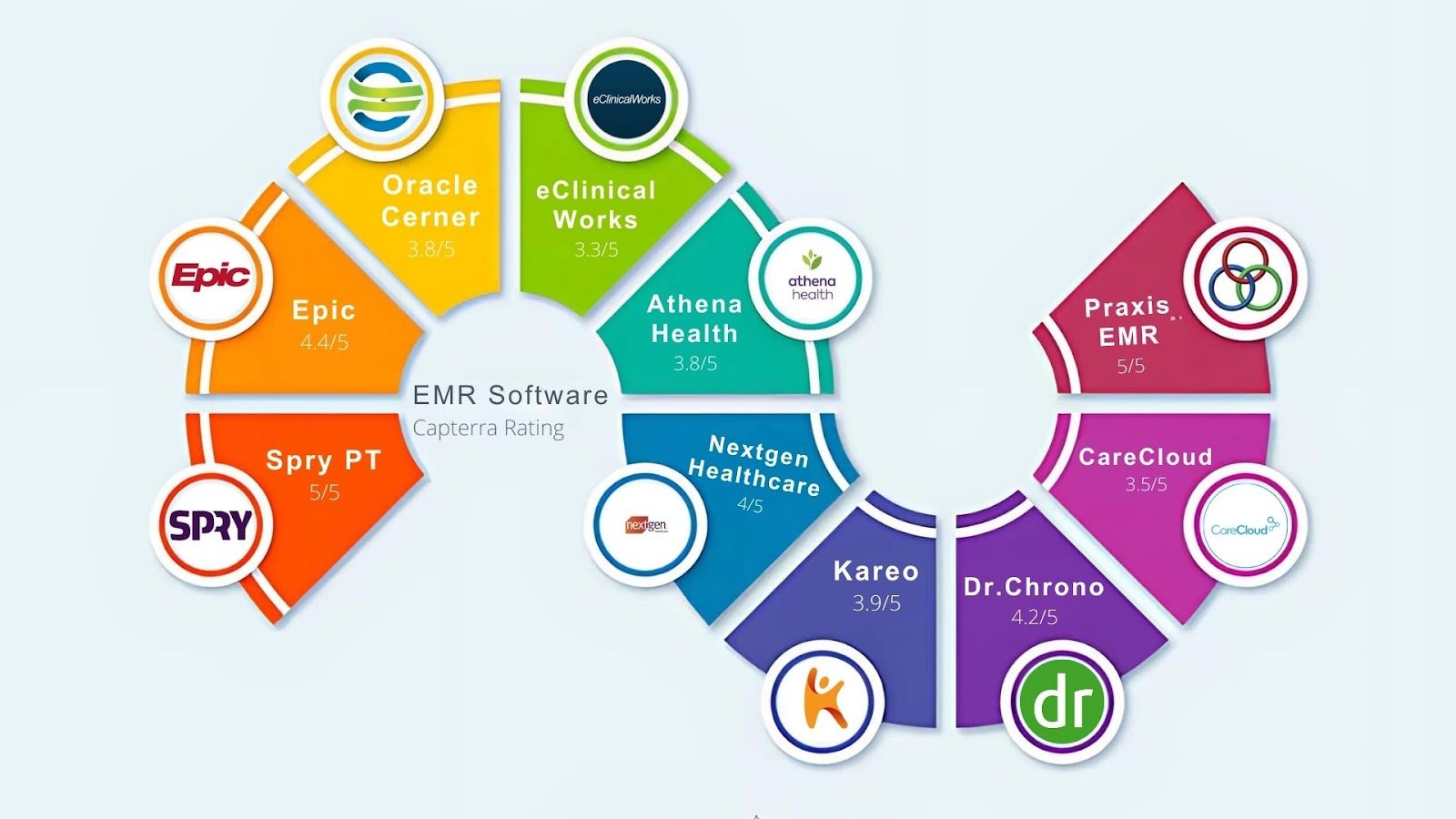Choosing the Right EMR Software for Your Practice Needs

Selecting appropriate Electronic Medical Records (EMR) software is a critical choice for any
practice.The best system could streamline workflow, improve patient care, and assist with
compliance such as HIPAA.With all these products on the market, however, selecting an EMR
that will meet your practice's specific needs can be daunting. Regardless of whether you run a
solo small practice or a large health clinic, keeping in mind your specialty, your budget, and
what functionalities you wish to have, is of the utmost importance. In this article here, we will
walk you through how to make a choice and acquaint you with some of the most vital EMR
modules and give you some tips on how to select the most appropriate one for your practice.
What is EMR Software?
Electronic Medical Records (EMR) software is an electronic version of past paper medical
records of health care providers. EMR computer software contains patient information like
medical history, diagnosis, treatment plan, medication, and laboratory results. EMR computer
software increases productivity in the process of providing care through the availability of patient
information in real-time, enhanced communication among practitioners, and simplified
workflow.It also brings improved accuracy of patient care, less mistakes, and adherence to
healthcare law such as HIPAA. Good EMR Software can even automate processes, decrease
administrative burdens, and provide better quality of care to their patients.
Core EMR Software Modules
An Electronic Medical Record (EMR) system is an important tool for healthcare in the current
times that is capable of dealing with patient records electronically. EMR systems make
administrative tasks easier, improve the quality of patient care, and make practice and hospitals
more efficient overall. The following are the key modules of EMR software, with AI-Powered
EMR Software solutions and options which include Free EMR Software for various medical
environments.
Patient Registration and Demographics
It is used to hold and keep patient details, including individual details, medical history,
insurance, and demographics. It is the first process in the EMR process that ensures patient
documents are kept in a proper way.
Clinical Documentation
It allows clinicians to have a whole patient encounter recorded, including diagnosis, treatment,
symptoms, and prescription. It allows minimal paperwork and correct patient records.
Order Entry (CPOE – Computerized Physician Order Entry)
Physicians are allowed to order medication, laboratory tests, and imaging directly into the EMR
system, eliminating handwriting errors. The process is made easier by the system and
increases patient safety.
Patient Management
Offers patient appointments, reminders, and scheduling. The module has the ability to automate
patient flow and enable the healthcare professional to effectively manage time and resources.
E-Prescribing
The module enables doctors to electronically prescribe to pharmacies and thus minimize the
risk of drug-related errors and optimize patient convenience.
Clinical Decision Support (CDS)
This feature of Best EMR software generates evidence-based advice and reminders to assist
timely and informed decision-making by clinicians and hence enhance patient care.
Billing and Revenue Cycle Management
Bills are incorporated into clinical charts, coding and claims become easier, and administrative
ailments are removed. Errors are reduced, and payment cycles accelerate.
Reporting and Analytics
The module gives real-time visibility into business activity and patient care. It enables healthcare
professionals to monitor results, track performance, and confirm regulatory compliance.
Interoperability and Integration
Facilitates that EMR software is able to exchange information with other healthcare machines
and databases, i.e., lab machines or imaging devices, in an attempt to enable free exchange of
patient information.
Patient Portal
Allows patients access to secure web-based copies of their medical record, scheduling
calendar, and prescription refills. Also enhances patient-physician communication.
Whether you are a small practice looking for Free EMR Software or a hospital looking for AI-
Powered EMR Software for facilitating better care delivery, the core modules ensure that you
get maximum value out of your EMR system. These modules enable the clinicians to deliver
more patient care with less pain and enhanced operational efficiency.
Security and Compliance Considerations
Security and compliance should be present in EMR systems to safeguard private patient data
and comply with standards such as HIPAA. Major EMR software firms have robust security
features, such as data encryption, access controls, and audit trails, that inhibit unauthorized
access by malicious users. Compliance guarantees EHR software adherence to law as well as
ethics for health information storage and exchange.The top EMR software also has regular
security patches, user authority, and cloud-protected storage. Selecting an approved and
secure system enables the medical professionals to maintain patients' trust, prevent legal
cases, and streamline clinical practices in the contemporary era of healthcare.
Future Trends of EMR Software
The future of EMR software is dynamically changing with the help of upcoming technologies. AI-
powered EMR software is revolutionizing healthcare through clinical workflow automation,
enhanced diagnostics, and predictive analysis. Wearables and telehealth platforms are the new
norm, and cloud-hosted hospital EMR system platforms are gaining traction among hospitals to
deliver scalability and security at scale. Best-performing EMR software systems are
concentrating on user interfaces and interoperability to enable smooth data sharing among
providers. Besides this, the popularity of Free EMR Software is bringing electronic health
records to small-sized practices so they can deliver effective and affordable care.
Conclusion
The right EMR software must be chosen for enhanced patient care, workflow efficiency, and
compliance. While choosing a solution, keep in mind your practice size, specialty, budget, and
required features. The right EMR software should have ease of design, strong support, and
native integration with legacy systems. More advanced hospital platforms of EMR systems
might be necessary for hospitals, but Free EMR Software with minimal features will work fine for
small practices. With the advancement of technology, the use of AI-based EMR software can
enhance the efficiency level and support better clinical decision-making. Choose your EMR
solution only after thorough analysis of your requirements for the purpose of meeting your
practice objectives.






